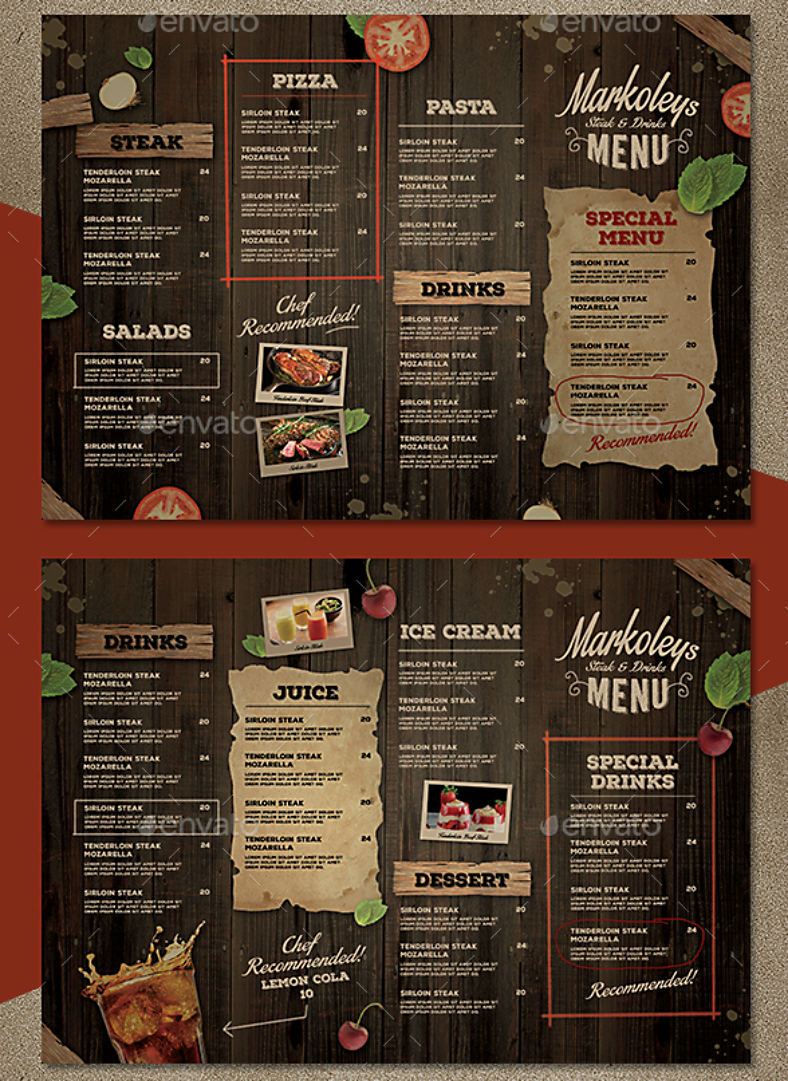

Set its value data to the full path to the StartLayout.xml you created earlier.

#Open optimal layout menu how to#
Tip: See how to jump to the desired Registry key with one click. Go to the following Registry key: HKEY_LOCAL_MACHINE\SOFTWARE\Policies\Microsoft\Windows\Explorer.Set Default Start Menu Layout for Users in Windows 10 Run the command Export-StartLayout -Path "$env:UserProfile\Desktop\StartLayout.xml".Customize the Start screen as you want users to see.Sign in to your test computer with the user account that you created.

Create a new user account that you will use to customize the Start screen layout.Install all the applications and services that the Start screen should display. Your test computer should have either Windows 10 Enterprise or Windows 10 Education. Set up a test computer on which to customize the Start screen.Microsoft recommends the following scenario: For example, the command Export-StartLayout -Path "$env:UserProfile\Desktop\StartLayout.xml" allows exporting the Start menu layout of the current user to the file StartLayout.xml and writing it to the Desktop folder. This can be done with a special PowerShell cmdlet called Export-StartLayout. Using the Local Group Policy Editor app Preparationįirst of all, we need to export a Start menu layout which will be set as the default layout for users.


 0 kommentar(er)
0 kommentar(er)
